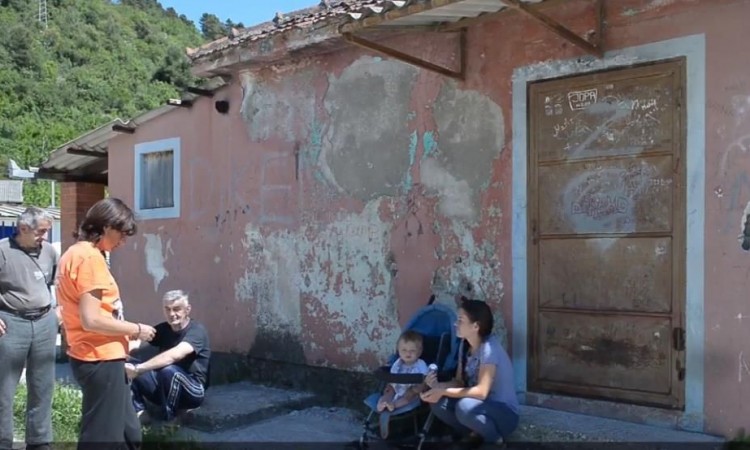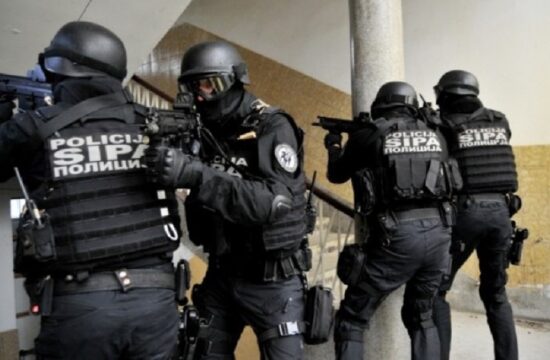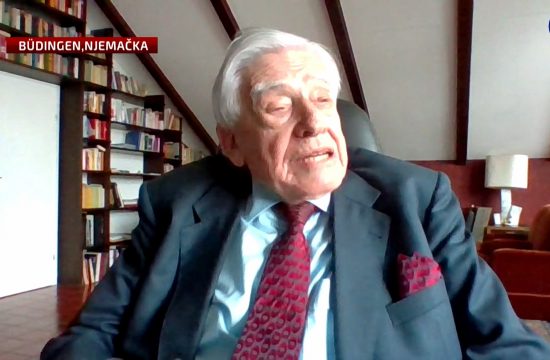
There are still 7,200 internally displaced and socially vulnerable persons living in Bosnian collective centres, the Union for Sustainable Return and Integrations said in a statement marking International Human Rights Day, calling on authorities to implement the project of constructing 2,600 housing units in 45 cities which a loan was secured for from the Council of Europe Development Bank (CEB).
“Even 25 years after the Dayton Accords, ‘people without an address’ are waiting with less and less hope to get a roof over their heads and replace the collective centre with their home,” the head of the association, Mirhunisa Zukic, told the Fena news agency.
Throughout the past 25 years since the Dayton Peace Agreement was signed, some of those who came to Bosnian collective centres have become adults and now their children are also growing up there, which means that “practically three generations” have been living in “refugee conditions” so far.
“Now grandmothers and grandfathers are living together with their children and grandchildren in collective centres. Most of the people staying there, who belong to all ethnic groups, are elderly and sick, displaced with either minimum or no income,” Zukic said.
“Therefore, on the occasion of the International Human Rights Day, the Union expresses its expectation and sends a message to the authorities to implement the project of building 2,600 housing units in 45 cities, including the Brcko District, for which a loan has been secured from the European Development Bank (CEB),” the association said.
This would mean that people from collective centres finally exercise the elementary right to a home.




